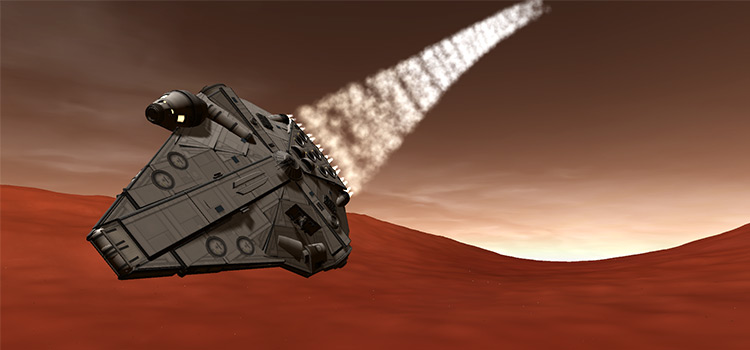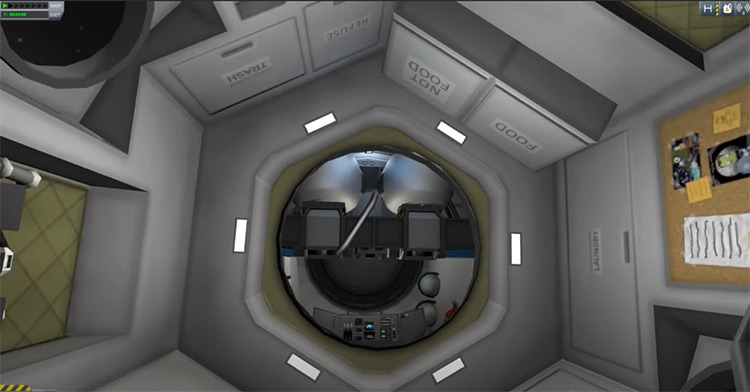
The very first version of Kerbin was only 20km big, and it was nothing more than a very big sphere. That was our goal at least, and we were forced to compromise. And the game’s project called for a planet 1/10th the radius of Earth. If you make an object too big, it will start breaking the game engine, that can’t render it properly, can’t keep it’s textures mapped well enough, lots of issues.īut we still needed a spherical gravity system here. Your ship’s parts could be anywhere inside a 100m-wide radius.įloating-point imprecision affects everything. A million meters is peanuts to space, so you can imagine, after a million kilometers, just how much precision we would be losing. That means it can no longer know what happened in the space between that, and the result is a visible shaking in the game. This is a rather crude example, because the way floats work internally is quite a lot more complex and boring, but it does paint the picture: At distances like 1,000,000.0m, the finest detail the floating point can tell apart is on the tens of centimeters scale. But what happens if you shift (or float) that decimal point towards the right, to get a 100,000.0 and a 100,000.1? as you can see, there is no more room for extra decimal cases, because the limited single-precision 'float’ will only hold so much. For distances near 0m, say about 100, these numbers are precise enough to tell the difference between 100.0000 and 100.0001 meters quite accurately. What happens is this: Let’s think about numbers representing distances. Every game can potentially suffer from this, but most games restrict the playing area to a human-sized playfield, and they’ll never see these problems. The floating-point problem, or 'distance shakes’, is caused by the limited precision of the numbers the game engine uses. But it was around here that we had our first encounter with floating-point inaccuracy issues, a set of problems that would pose a challenge to development from then on. But here, the world was about to become round, and 'downwards’ would become a very relative term.īut modifying gravity is, in itself, quite straightforward enough, you just apply an acceleration to the ship in the direction of the planet. On most games, the world is a flat place, and gravity pulls you downwards. One that allowed the ship to orbit a planet.
Best ksp mods story update#
You couldn’t go forwards or backwards, only up or down, left or right.īut the main goal with this update was to create a spherical gravity system. This version also got a movable camera on Flight Mode, so you could pan around and see to the sides, but the flying was still restricted to the XY plane. There was also a 'Launch’ stage, that was there until you hit space for the first time. There were a LOT of bugs on this system, but it worked, kinda. You could move stages up and down, but it wouldn’t affect the sequence. It was a very crude, very placeholder-ish thing that created a blue tab for each stage it detected on the ship. You can see it on the bottom-right corner there. This version saw the first appearance of a game system to control rocket staging. Some things for the better, others, well, everything was a ‘placeholder’ back then.


/cdn.vox-cdn.com/uploads/chorus_image/image/32653025/kerbal-space-program-asteroid-redirect_800.0.png)
So, continuing our revisit of all the old versions, here is KSP v0.2:Īs you can see, quite a lot changed on this update.


 0 kommentar(er)
0 kommentar(er)
